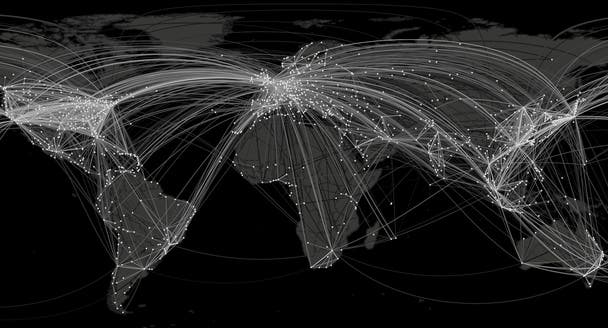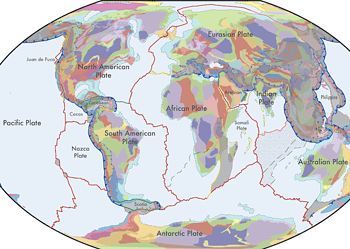
The world is getting smaller by the day, as fixed geographical distances become easier and more accessible for the common folk to travel. What this means is that a lot of things change as well, including the day diseases are carrier and spread throughout the world. Only a century ago, the number one mean of predicting and estimating the origin of a pandemic was to first look at the geographical distances between isolated cases. In a world where Berlin to San Francisco can be reached just as easily as Berlin to London or even some other neighboring German city, it’s becoming rather clear that we need a new way to look at things.
Modeling a pandemic
Researchers at Northwestern Institute on Complex Systems (NICO) have developed a mathematical model that effectively demonstrates the way diseases spread in an increasingly connected world. The first step was deciding that conventional geographic distances are no longer the key variable but must be replaced with “effective distances.” Then, a series of questions needs to be answered by the model which interests scientists like: where did the new disease originate? Where are new cases to be expected? When are they expected? And how many people will catch the disease?
Imagine a new pandemic arising in one isolated region, only to spread from airport to airport throughout the world. Globalization comes with this major risk, so new tools are required that can not only pinpoint the origin of the disease but also accurately forecast how it can spread, thus providing the authorities with valuable information on how to contain a pandemic.
From airport to airport
For their work, the researchers showed that effective distances can be computed from the traffic intensities in the worldwide air transportation network.
“If the flow of passengers from point A to point B is large, the effective distance is small and vice versa,” the authors explain. “The only thing we had to do was to find the right mathematical formula for this.”
Using their model, the scientists managed to turn chaotic and seemingly unstructured events into simple models whose effects can be predicted. As such, their model for past, real-case pandemics like SARS in 2003, or influenza H1N1 in 2009 produced a geographical infection pattern that follows real data. ]
“In the future, we hope our approach can substantially improve existing, state-of-the-art models for disease spread,” the authors said.
“We believe our theory also will help to better understand other important contagion phenomena, such as the spread of computer viruses, information and fads, or contagion phenomena in social networks,” Helbing added.
Read more about their work in the paper published in the journal Science.






